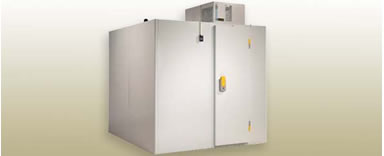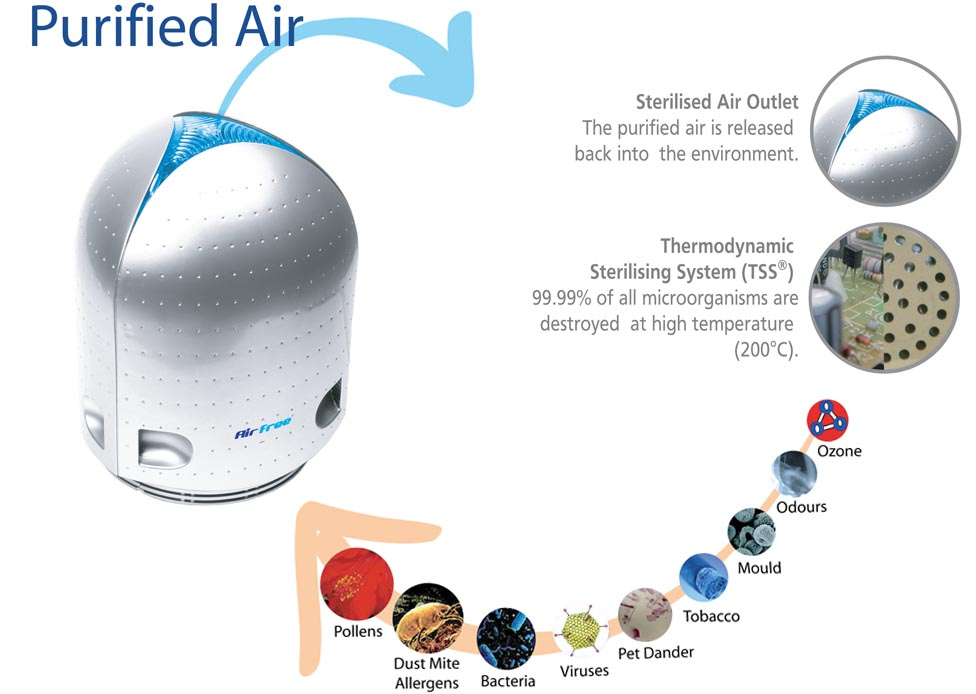Refrigerated Chambers

The food quality challenge
The main challenge for storage in refrigerated environments is maintaining the quality of the food, whether raw or processed.
"Refrigerated storage" is a great achievement, making it possible to face various aspects related to food perishability and deterioration. It is one of the most important weapons used in food technology, as it reduces production costs, improves food quality, reduces losses and waste, preserves tastes, flavors, colors and textures, as well as preserving the initial quality of these products.
However, if there is any Microbiological contamination within the refrigerated chamber, leading to a subsequent contamination of the stored food, this will generate a huge loss!
What are the main microorganisms present in the cold?
Fungus and bacteria.
- FUNGUS: Their presence produces odors that are similar to mold within the Chamber, which alters the surfaces of the stored carcasses, causing other problems.
- BACTERIA: The main bacteria present in cold environments is Psychrotrophic bacteria, which are organisms that are multiplied in the cold, producing enzymes that cause changes in meat and other foods. How about an example? Fat rancidification, defects and changes in product consistency, accompanied by exudation with the production of oily liquids (PRANDL-1994), in addition to modified product odors.
The main Psychrotrophic bacteria are the Pseudomonas, especially the fragile p. According to Prandl (1994) the proliferation of Pseudomonas and other Psychrotrophic bacteria in the Chambers is due to deficient hygiene processes and other aspects of environmental contamination.
Contamination may occur from Salmonellas (growth at 6C) due to cross-contamination, caused by storage with frozen poultry.
THE AIRFREE ® AIR PURIFIERS reduce an average 75% of the fungus and bacteria; drastically reducing organic odors; preventing cross contamination and promoting greater food durability.
In a test performed by AINIA-Instituto Tecnológico Agroalimentario, Valencia -Spain, an Airfree purifier was placed in a refrigerated chamber in order to test the effectiveness of the purification at 3°-5° C. In 15 days the concentration of fungus and yeasts was reduced by more than 86%.
How do they work?
They drastically reduce air microorganisms by incineration. As a result, the contaminated air is dragged into the Airfree ® ceramic center and destroyed at high temperatures. Organic particles that cause bad smells are also destroyed by this ceramic center, keeping the environment free from unpleasant odors. This air purification cycle is silent, requires no maintenance and is ensured by numerous tests.



